1. The Biological Basis of Animal Emotions

Scientific research into animal emotions has revealed that emotions are not just human traits but are deeply rooted in the biology of many species. According to a study published in Royal Society Open Science, animals possess similar brain structures to humans, particularly the limbic system, which is responsible for processing emotions such as fear, love, and happiness. The amygdala, hippocampus, and hypothalamus all play crucial roles in emotional regulation, and these structures are found in mammals, birds, and even some reptiles. Neurotransmitters like oxytocin, dopamine, and serotonin that are associated with love, pleasure, and mood regulation in humans have also been detected in animals. These biological similarities suggest that animals not only react to their surroundings but also experience emotions that influence their behavior.
In addition to brain structures, behavioral studies have provided strong evidence of emotions in animals. For example, researchers have observed that primates comfort distressed companions, dogs form deep attachments with humans, and elephants mourn their dead. Scientists use a combination of neurological studies, behavioral observations, and evolutionary theories to understand the depth of animal emotions. The presence of emotional behaviors across different species indicates that emotions likely evolved as an adaptive mechanism to strengthen social bonds and improve survival. This evidence supports the idea that animals truly experience feelings rather than just displaying instinctive reactions.
2. Love and Attachment in Animals
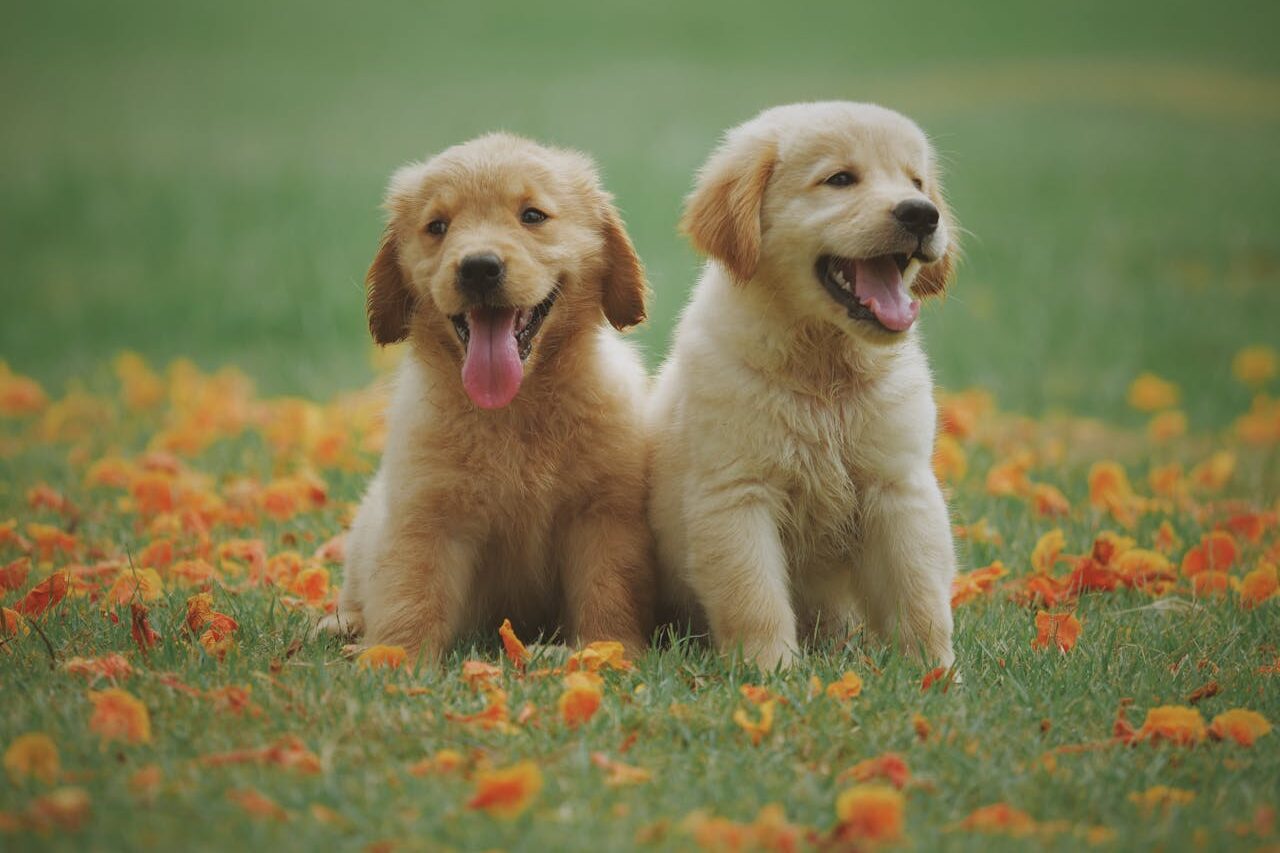
Love, often considered a uniquely human emotion, is evident in various forms among animals, particularly in their bonds with family members, mates, and even humans. According to a study published in Frontiers in Psychology, many animals form lifelong partnerships, such as swans, wolves, and certain species of primates, demonstrating deep attachment and loyalty. These relationships are reinforced by the release of oxytocin, known as the “love hormone,” which plays a role in bonding and affection. When animals groom, cuddle, or engage in other social behaviors, oxytocin levels rise, reinforcing their emotional connections. This phenomenon is not limited to mate selection; it extends to parental love, as seen in elephants, who show immense care for their young, and birds, who sacrifice to protect their chicks.
Beyond familial bonds, many animals form deep friendships, indicating an emotional need for companionship. Dolphins, for instance, have been observed developing long-term friendships and helping injured pod members. Dogs and cats display strong affection for their human caregivers, often showing signs of separation anxiety when left alone. These behaviors suggest that love in animals is more than just a survival mechanism—it is an emotional experience that fosters connections and strengthens social ties. Scientific studies show that the neurochemical processes behind human and animal love are strikingly similar, reinforcing the idea that love is not an exclusively human emotion.
3. Joy and Playfulness in Animal Behavior
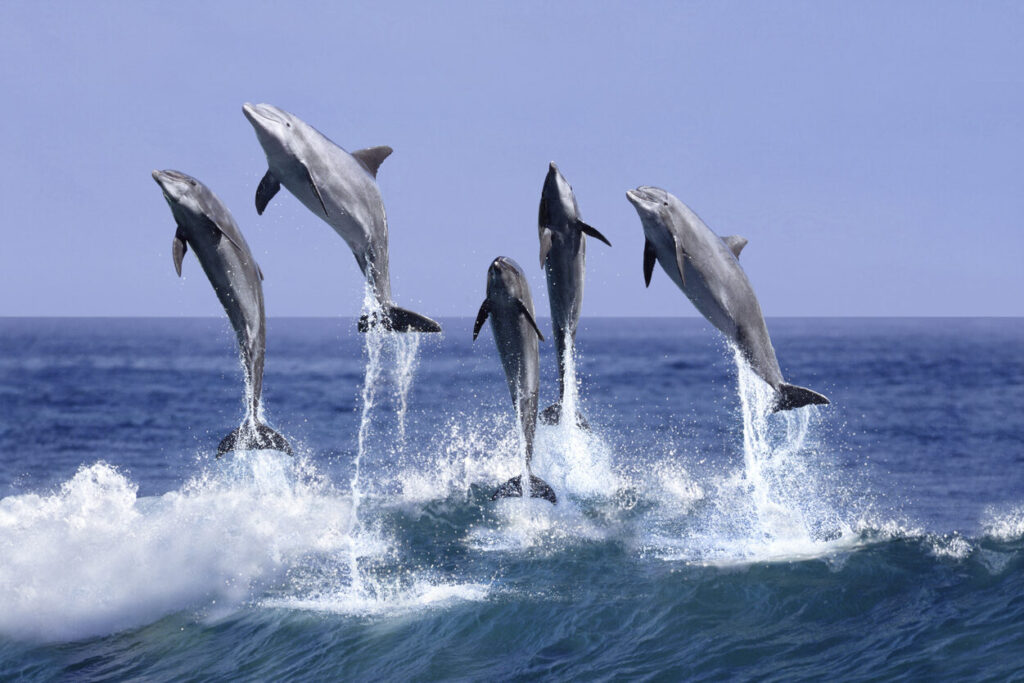
Joy is perhaps one of the most observable emotions in animals, especially when they engage in playful activities. According to a study published in Biological Reviews, many mammals, including dogs, dolphins, and primates, exhibit behaviors that strongly resemble human laughter and excitement. Dogs wag their tails, jump around, and even display a “play bow” to initiate fun interactions. Scientists have found that rats emit high-frequency chirps similar to laughter when they engage in play, suggesting that even small rodents experience joy. Play serves an important function beyond entertainment; it helps young animals develop motor skills, strengthen social bonds, and relieve stress.
Even in the wild, animals show excitement when engaging in pleasurable activities. Dolphins ride waves for fun, elephants splash around in water, and birds engage in aerial acrobatics seemingly for the sheer joy of it. Researchers believe that play is not just a way to practice survival skills but also a sign of emotional well-being. Studies have shown that animals deprived of play exhibit signs of stress and anxiety, indicating that joy and playfulness are crucial aspects of their emotional lives. The fact that play exists across various species suggests that joy is a fundamental emotion deeply embedded in the animal kingdom.
4. Grief and Mourning in Animals

The experience of grief has been observed in several species, particularly those with strong social bonds. Elephants are well-known for their mourning behaviors, as they visit the remains of deceased herd members and even carry their bones. According to research published in Scientific American, some elephants have been seen standing by their dead relatives for days, touching them gently with their trunks, a behavior that closely resembles human mourning rituals. Similar behaviors have been documented in other animals, such as chimpanzees, who display signs of distress when a group member dies. In some cases, they refuse to leave the body of a deceased companion, showing clear emotional suffering.
Grief is not limited to large mammals; birds such as magpies and crows have been observed engaging in “funeral” behaviors, where they gather around a deceased companion in a way that appears to acknowledge the loss. Domesticated animals also display grief when separated from loved ones. Dogs and cats can experience depression after losing a companion, showing signs such as decreased appetite, lethargy, and increased vocalization. These behaviors strongly suggest that animals not only recognize death but also experience emotional pain and loss in a profound way. The presence of grief across different species indicates that it is not merely a learned behavior but a deeply ingrained emotional response.
5. Empathy and Compassion in the Animal Kingdom
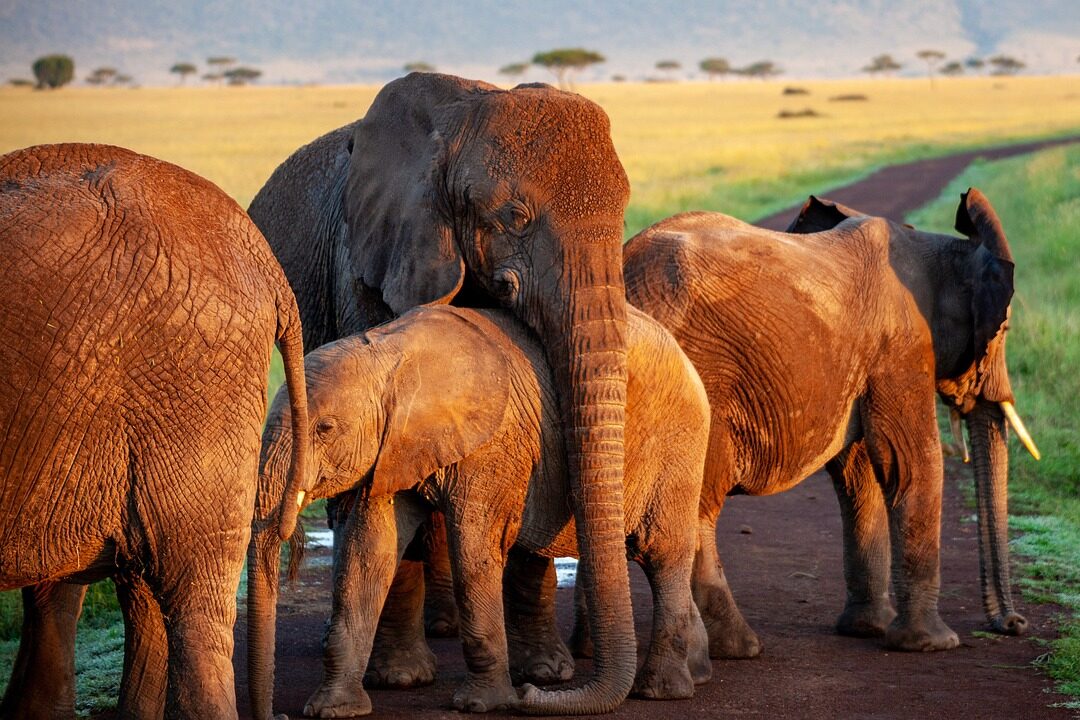
Empathy, the ability to recognize and share the emotions of others, is a trait that has been observed in numerous animal species. According to research from the University of Washington, scientists have documented countless examples of animals displaying concern for others, often going out of their way to help those in distress. Primates, such as chimpanzees and bonobos, have been seen consoling each other by hugging, kissing, and gently touching their distressed peers. This behavior suggests that they not only recognize when another individual is suffering but also feel compelled to offer comfort. Elephants, known for their deep social bonds, display similar actions by staying close to distressed or injured members of their herd, even using their trunks to lift and support them.
Empathy extends beyond interactions within the same species. Dogs have been observed comforting their human caregivers when they appear sad, nudging them or resting their heads on their laps in a clear attempt to provide support. Rats have even been shown to exhibit altruistic behavior in laboratory experiments, choosing to free a trapped companion instead of eating a treat. This selfless act suggests that animals do not just act based on survival instincts but are capable of emotional intelligence. The presence of empathy in such a wide range of species reinforces the idea that emotions play a fundamental role in animal societies, allowing them to build trust and cooperation for mutual survival.
6. Jealousy and Possessiveness in Animals

Many animals exhibit jealousy when they perceive a threat to their social relationships, much like humans do. Studies on dogs have shown that they can become visibly upset when their owners give attention to another pet or even an inanimate object. In controlled experiments, dogs who saw their owners petting a fake stuffed dog responded with behaviors such as growling, nudging, or trying to get between their owner and the “rival.” These reactions suggest that dogs not only recognize their bonds with humans but also feel a sense of competition when those bonds are threatened. Similar behaviors have been noted in primates, where monkeys react negatively when they see a companion receiving better treatment or rewards.
Jealousy is not limited to domesticated animals. Parrots have been observed becoming agitated when their bonded human interacts too much with another pet or person, sometimes even displaying aggressive behaviors. Horses, too, have been documented showing signs of possessiveness toward their caregivers, particularly when they feel ignored or replaced. This emotional complexity suggests that animals have a sense of individuality and personal connection rather than simply acting on instinct. The presence of jealousy in multiple species highlights how social dynamics in the animal kingdom are more intricate than previously thought, further supporting the idea that animals experience emotions in ways similar to humans.
7. Anxiety and Stress in Animals
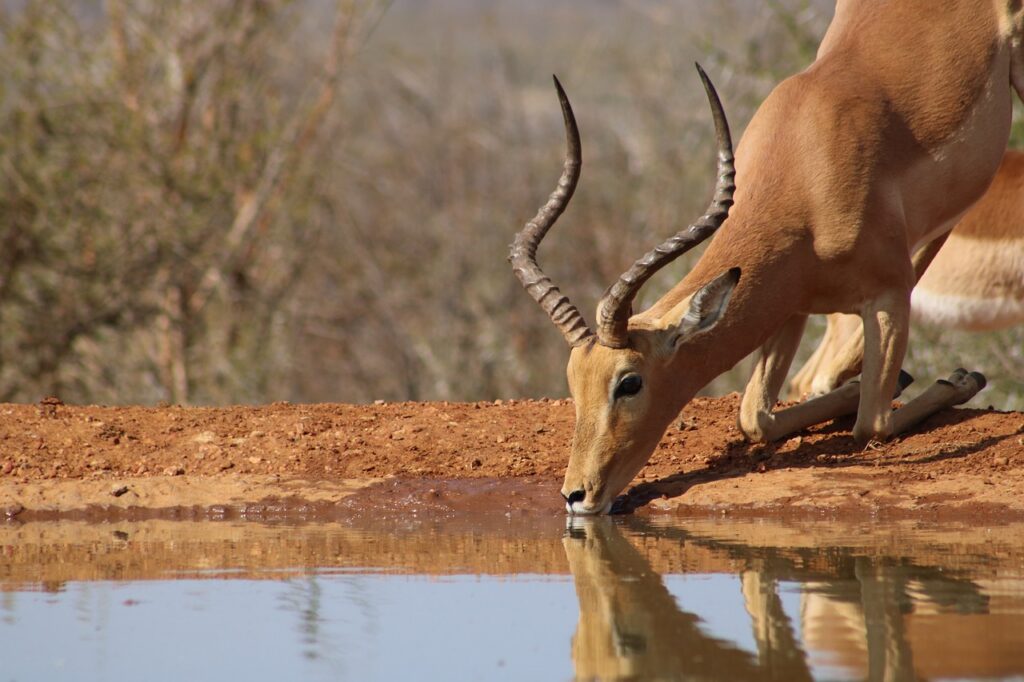
Like humans, animals can experience anxiety and stress due to environmental factors, social pressures, and traumatic experiences. Studies have shown that animals subjected to prolonged stress exhibit physical and behavioral symptoms such as loss of appetite, excessive grooming, or social withdrawal. In the wild, prey animals live with constant vigilance, as the fear of predators can lead to heightened stress levels. Zebras and antelopes, for example, experience a surge of cortisol, the stress hormone, when they detect danger. However, when the immediate threat is gone, their bodies regulate the hormone levels back to normal, preventing long-term damage.
Domesticated animals, particularly those kept in captivity, often display signs of chronic stress when their needs are not met. Dogs left alone for long periods can develop separation anxiety, leading to destructive behaviors, excessive barking, and even depression. Zoo animals confined to small enclosures sometimes exhibit repetitive behaviors, such as pacing or self-harm due to psychological distress. The study of animal stress has led to important welfare changes, such as improved living conditions and enrichment activities in captivity. The fact that animals can suffer from anxiety suggests that they experience emotions on a deep level, reinforcing the importance of ethical treatment and mental stimulation in both wild and domestic settings.
8. Parental Love and Sacrifice in the Animal World
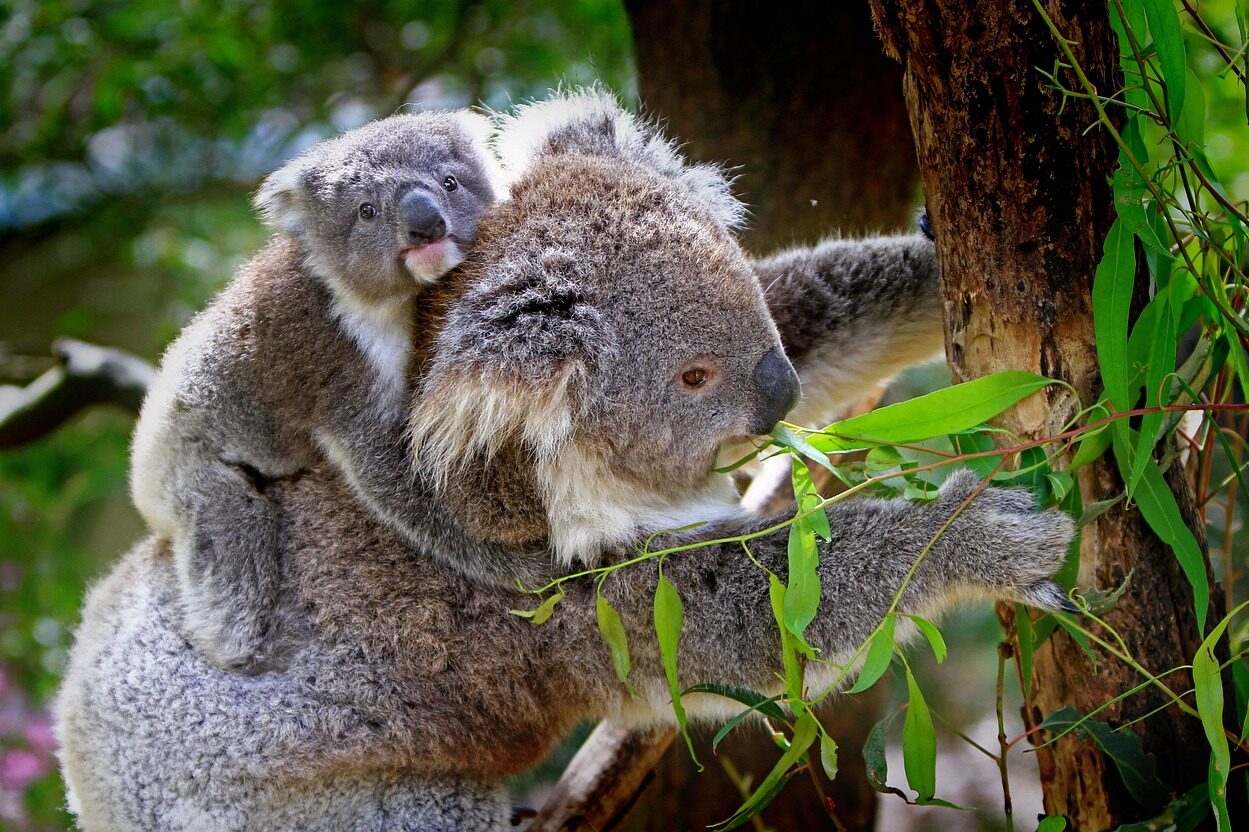
The bond between parent and offspring is one of the strongest emotional connections in the animal kingdom. Many species go to great lengths to protect, nurture, and teach their young, often making immense sacrifices to ensure their survival. Mother bears, for instance, are known for their fierce protective instincts, attacking predators many times their size to keep their cubs safe. In the ocean, octopuses display extreme maternal dedication, with some species refusing to eat for months while guarding their eggs, ultimately sacrificing their own lives for their offspring. These examples highlight the depth of parental love and the biological drive to ensure the continuation of their lineage.
Parental devotion is not limited to mothers; in some species, fathers play an equally significant role. Male seahorses carry fertilized eggs in their specialized pouches until they hatch, ensuring their young are safe until birth. Emperor penguin fathers endure freezing Antarctic temperatures while incubating their eggs, fasting for weeks until the mothers return with food. These acts of parental care go beyond basic survival instincts and showcase the deep emotional investment animals have in their offspring. The lengths to which parents go to protect and raise their young suggest that love and attachment are universal traits that transcend species, deeply ingrained in the animal kingdom.
9. Guilt and Shame in Animals

Many pet owners have witnessed their dogs displaying what looks like guilt after doing something wrong, such as tearing up furniture or making a mess. Dogs often lower their heads, avoid eye contact, or tuck their tails between their legs when scolded—behaviors that appear to indicate shame. While some scientists argue that these reactions are simply responses to their owners’ anger rather than genuine guilt, studies suggest that dogs do recognize when they have broken social rules. They learn to associate certain actions with negative consequences and exhibit submissive behavior to appease their humans.
Beyond dogs, other animals also display behaviors that resemble guilt. Elephants who accidentally harm a herd member have been observed acting nervously, showing signs of regret by touching the injured companion gently. Some primates exhibit avoidance behavior after stealing food from a higher-ranking member of their group, indicating a possible understanding of social boundaries. While the full extent of guilt in animals is still debated, their ability to recognize wrongdoing and respond accordingly suggests a level of emotional intelligence that goes beyond simple instinct. These behaviors demonstrate that animals have a sense of morality within their social structures, which further supports the argument that they experience complex emotions.
10. Emotional Intelligence and Problem-Solving in Animals

Animals exhibit remarkable emotional intelligence, which is often closely tied to their problem-solving abilities. Many species demonstrate an awareness of their own emotions and those of others, using this understanding to navigate social interactions and challenges. For example, dolphins have been observed using teamwork to solve complex problems, such as coordinating efforts to trap fish or rescue injured pod members. Their ability to communicate and adjust their strategies in response to the emotions of their peers suggests a high level of cognitive and emotional processing. Similarly, elephants have shown the ability to assess situations that require cooperation, such as working together to remove obstacles or rescue trapped individuals, indicating both intelligence and emotional awareness.
Beyond collaboration, some animals also demonstrate self-control, an important aspect of emotional intelligence. Studies on chimpanzees and crows show that they can delay gratification, choosing to wait for a better reward rather than taking an immediate but less desirable option. This level of impulse control suggests that they are capable of weighing consequences and making emotionally informed decisions. Furthermore, research on animal cognition has revealed that some species, like octopuses and ravens, can plan ahead and anticipate future outcomes based on past experiences. The combination of problem-solving skills and emotional awareness reinforces the idea that animals are not just reactive beings but intelligent individuals with emotions that influence their decisions and actions.
11. Depression and Emotional Trauma in Animals

Animals, much like humans, can suffer from depression and emotional trauma, especially in response to loss, isolation, or prolonged distress. Studies have shown that animals separated from their loved ones or subjected to extreme stress exhibit signs of withdrawal, lethargy, and a loss of interest in normal activities. Elephants who have witnessed the death of a family member have been observed displaying prolonged mourning behaviors, refusing to eat, and staying near the deceased for days or even weeks. This level of grief indicates that they not only recognize the absence of a loved one but also experience profound emotional pain.
Domestic animals can also suffer from depression, particularly in cases of neglect or abandonment. Dogs that have been rehomed multiple times or have lost their owners often display symptoms similar to human depression, such as a lack of appetite, excessive sleeping, and social withdrawal. In extreme cases, some animals even exhibit self-destructive behaviors, such as plucking out their own fur or engaging in repetitive movements as a coping mechanism. Research into animal mental health has led to greater awareness and better welfare practices, as scientists and animal caregivers recognize the importance of providing companionship, mental stimulation, and a stable environment. The presence of depression in animals further supports the idea that they have deep emotional experiences and require emotional well-being just as much as physical care.
12. Emotional Bonds Between Different Species

One of the most fascinating aspects of animal emotions is their ability to form deep, lasting bonds with members of other species. Countless documented cases show that animals not only form attachments within their own kind but also develop close relationships with completely different species. Dogs and cats, traditionally seen as natural enemies, often develop strong friendships when raised together, displaying affection, playfulness, and even a sense of protectiveness over each other. In sanctuaries and zoos, unlikely friendships between animals such as lions and dogs or elephants and sheep have been observed, proving that emotional bonds can extend beyond instinctual behaviors.
In the wild, interspecies relationships sometimes emerge out of necessity, but they often evolve into genuine companionships. Dolphins have been seen playing with whales, forming social connections that last for years. In cases where an animal loses its own species companions, it may seek comfort in others, such as orphaned rhinos bonding with human caretakers or motherless cheetah cubs adopting dogs as surrogate siblings. These cross-species bonds suggest that emotional attachment is not solely based on biological kinship but rather on the fundamental need for companionship and connection. The ability of animals to form deep, loving relationships with other species highlights the universality of emotions in the animal world.
13. The Ethical Implications of Recognizing Animal Emotions
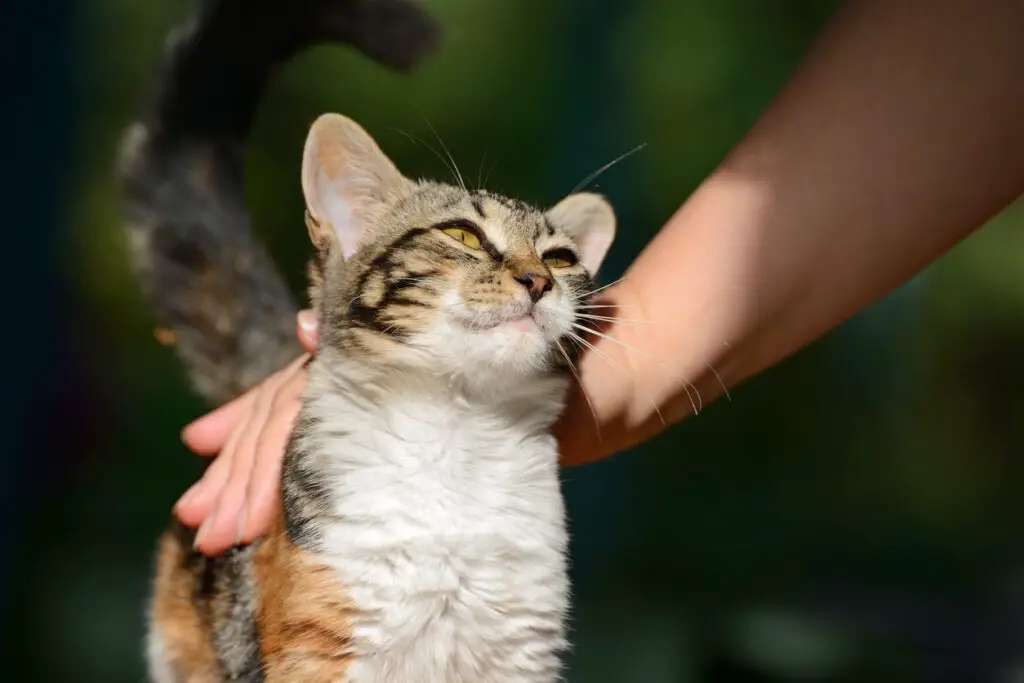
The growing scientific understanding of animal emotions carries significant ethical implications, particularly regarding how humans treat animals in various settings. If animals experience emotions such as love, joy, grief, and fear in ways similar to humans, then practices such as factory farming, captivity, and animal testing must be reconsidered. Many activists and researchers argue that recognizing the emotional lives of animals should lead to stronger legal protections and improved welfare standards. The knowledge that animals feel pain and sorrow should influence policies on how they are housed, handled, and used in industries ranging from entertainment to agriculture.
In addition to legal changes, recognizing animal emotions can reshape human relationships with the natural world. As more people acknowledge that animals have complex inner lives, attitudes toward pet ownership, wildlife conservation, and ethical farming are evolving. Zoos and aquariums are under increasing pressure to provide better living conditions, while more consumers are choosing cruelty-free products to reduce harm to sentient beings. The scientific study of animal emotions is not just an academic pursuit—it has the power to redefine humanity’s role in protecting and respecting the creatures we share the planet with. Understanding that animals truly feel emotions may be the key to creating a more compassionate and ethical world.


